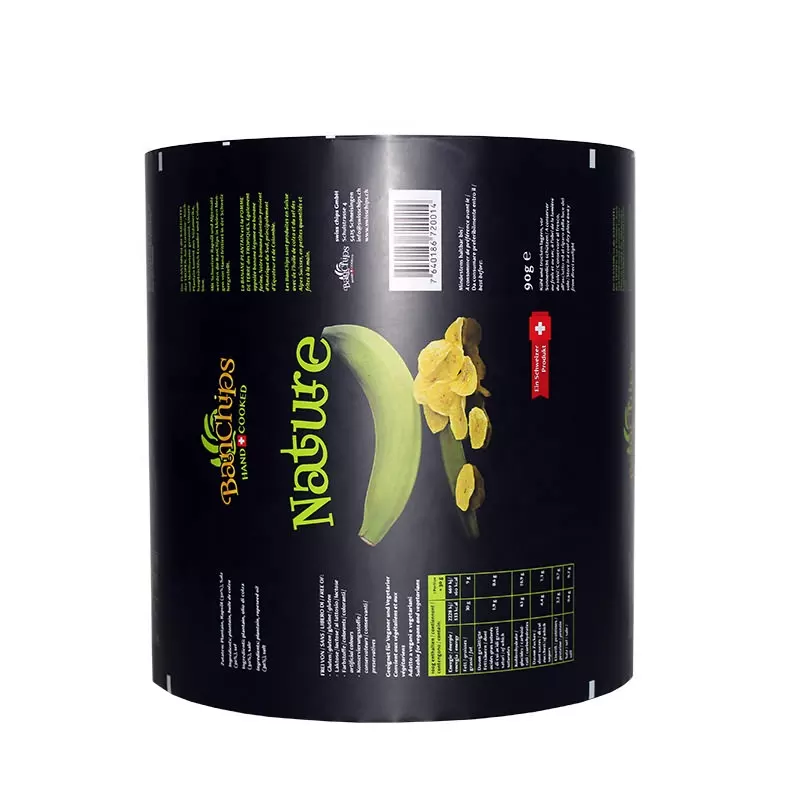- Afrikaans
- Albanian
- Amharic
- Arabic
- Armenian
- Azerbaijani
- Basque
- Belarusian
- Bengali
- Bosnian
- Bulgarian
- Catalan
- Cebuano
- chinese_simplified
- chinese_traditional
- Corsican
- Croatian
- Czech
- Danish
- Dutch
- English
- Esperanto
- Estonian
- Finnish
- French
- Frisian
- Galician
- Georgian
- German
- Greek
- Gujarati
- haitian_creole
- hausa
- hawaiian
- Hebrew
- Hindi
- Miao
- Hungarian
- Icelandic
- igbo
- Indonesian
- irish
- Italian
- Japanese
- Javanese
- Kannada
- kazakh
- Khmer
- Rwandese
- Korean
- Kurdish
- Kyrgyz
- Lao
- Latin
- Latvian
- Lithuanian
- Luxembourgish
- Macedonian
- Malgashi
- Malay
- Malayalam
- Maltese
- Maori
- Marathi
- Mongolian
- Myanmar
- Nepali
- Norwegian
- Norwegian
- Occitan
- Pashto
- Persian
- Polish
- Portuguese
- Punjabi
- Romanian
- Russian
- Samoan
- scottish-gaelic
- Serbian
- Sesotho
- Shona
- Sindhi
- Sinhala
- Slovak
- Slovenian
- Somali
- Spanish
- Sundanese
- Swahili
- Swedish
- Tagalog
- Tajik
- Tamil
- Tatar
- Telugu
- Thai
- Turkish
- Turkmen
- Ukrainian
- Urdu
- Uighur
- Uzbek
- Vietnamese
- Welsh
- Bantu
- Yiddish
- Yoruba
- Zulu
aseptic meaning
Understanding the Meaning of Aseptic A Comprehensive Overview
The term aseptic derives from the Greek word aseptikos, meaning free from infection. It is widely used in medicine, microbiology, and various industries to describe environments, techniques, or procedures that prevent contamination by pathogenic organisms. Understanding aseptic techniques and their significance is crucial in healthcare, pharmaceuticals, and food safety, where the presence of microorganisms can lead to severe consequences.
Understanding the Meaning of Aseptic A Comprehensive Overview
In the pharmaceutical industry, aseptic processing is vital in the production of sterile medical products and medications. The aseptic manufacturing process includes filling vials with vaccines, intravenous fluids, and other life-saving drugs under controlled conditions. This process requires an environment that is devoid of harmful microorganisms, which is achieved through advanced technologies such as laminar flow cabinets, sterile filtration, and isolators. Ensuring that these conditions are met is critical for product efficacy and patient safety.
aseptic meaning

The concept of aseptic techniques is not confined to medical and pharmaceutical settings. In the food industry, particularly in the production of packaged goods, aseptic processing plays a significant role in extending shelf life while maintaining nutritional value. Aseptic packaging methods involve sterilizing food products and the containers in which they are packaged, thereby preventing microbial growth and spoilage. This practice not only helps protect public health by minimizing foodborne illnesses but also contributes to reducing food waste.
Aseptic techniques go beyond just sterilization; they also encompass the culture of awareness and practice of hygiene. Proper training and education in aseptic methods for healthcare workers, pharmaceutical personnel, and food industry employees are essential to maintain safety standards. Regular audits and adherence to guidelines established by health authorities ensure that aseptic techniques are consistently applied and that the risk of contamination is minimized.
In everyday life, the principles of asepsis can also be applied to personal hygiene and household practices. Simple measures like handwashing, using clean utensils, and ensuring that food is prepared in a clean environment can significantly reduce the risk of infections. While we may not always recognize the term aseptic in our daily routines, the underlying principles of this concept are inherent in promoting health and preventing disease.
In conclusion, the meaning of aseptic encompasses a broad array of practices and principles aimed at preventing infection and contamination. Its importance cannot be overstated in contexts ranging from surgical procedures to food safety. By understanding and implementing aseptic techniques, we can protect ourselves and others from the adverse effects of microbial contamination. As society continues to evolve, embracing these practices will contribute significantly to health and safety across multiple industries. Whether in a hospital, laboratory, or kitchen, the core principles of asepsis serve as a foundational pillar in our quest for cleaner, safer environments.













